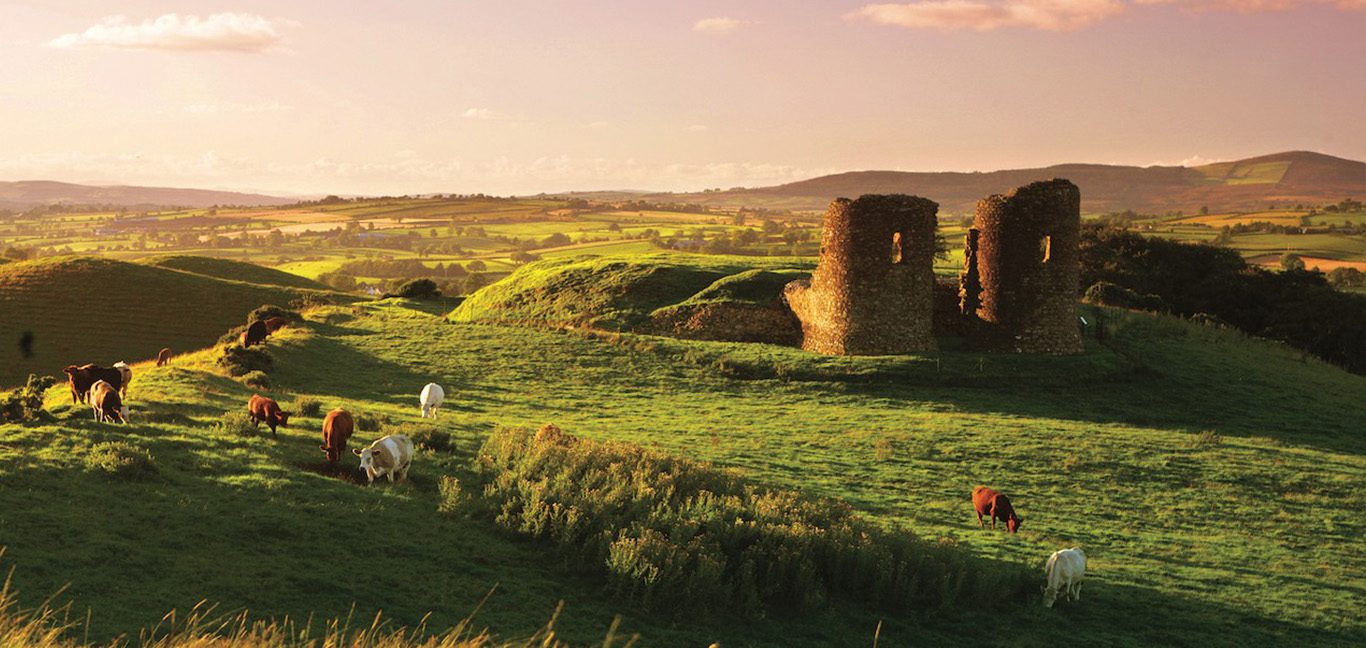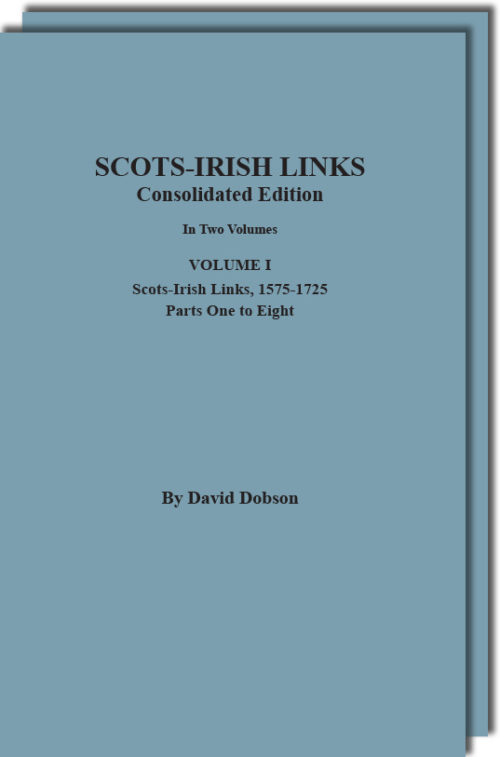
The term “Scots-Irish” refers to the descendants of the Scottish emigrants who migrated to the Irish Province of Ulster at the behest of the English crown. The Plantation of Ulster by Scots beginning in 1606 is a well-known established fact. While most of settlers were from the Scottish Lowlands, some, especially in the late sixteenth century, were Highlanders. It should also be noted that although Presbyterians were in the majority, there was a sizable minority who were Episcopalians, and a few Roman Catholics. Also, although the main area of settlement was in Ulster, it is evident that a number settled further south, including in Dublin.
The 18th century also saw as many as 200,000 persons emigrate from Ireland to North America, notably of the Scots-Irish. Arriving originally in Pennsylvania, the Scots-Irish dispersed to Virginia—including Appalachia–the Carolinas, and across the southern American colonies. Still others headed west to western Pennsylvania, Ohio, Indiana, and the Midwest. Between the end of the American Revolution and the War of 1812, one source estimates that another 100,000 arrived in North America. Even more Scots-Irish arrived during the entire 19th-century. Today Americans of Scots-Irish descent number in the millions.
The purpose of this collection is to help persons of Scotch-Irish descent make the linkage first to Ulster and then back to Scotland. The work identifies over 15,000 Scots-Irish who resided in Ulster between the early 1600s and the early 1700s. Many of the persons so identified were young men from Ireland–many bearing Scottish surnames–attending universities in Scotland. Still other Scots-Irish links were apprentices, ministers, merchants, weavers, teachers, or persons in flight. In a number of cases Dr. Dobson is able to provide information on the man or woman’s spouse, children, local origins, landholding, and, of course, the source of the information. While there is no certainty that each of the persons identified in these volumes or their descendants ultimately emigrated to America, undoubtedly many did or possessed kinsmen who did.
In order to accumulate references into the Scots-Irish, author David Dobson undertook research in the National Records of Scotland, the National Library of Scotland, the Public Record Office of Northern Ireland, the National Archives of the UK, and the University of St Andrews. Specific sources included wills, testaments, deeds, sasines, port books, rent rolls, family papers, burgess rolls, apprenticeship records, estate papers, church records, monumental inscriptions, university registers, contemporary journals, newspapers, government records and various publications. Dr. Dobson’s references to those sources identify the manuscript or published work, volume and folio number, or the archive, as well as the documentary details.
Take the entry under John Crichton dated 1694 which reveals that he was residing in Achlane, County Armagh, the son of Robert Crichton of Ryehill in Dumfriesshire, and his wife Agnes McBrair, who was involved in a property transaction in Dumfriesshire. The source citation reads SRO [i.e. Scottish Record Office, now the National Records of Scotland], RS22 [signifies the Register of Sasines, for the Sheriffdom of Dumfries], volume 5, folio 174, while the document itself details the land or building involved, the names of the vendor and purchaser, and the value of the property, possibly with names of neighboring proprietors and witnesses – all items of interest to a family historian.
This consolidated edition improves upon the original booklets reproduced here in a number of respects. These contents were originally published in 15 parts as follows: Scots-Irish Links, 1575-1725 (11 parts); Later Scots Irish Links, 1725-1825 (3 parts), and Scots-Irish Links, 1825-1900 (1 part). Staying abreast of announcements of all books in the series has posed a problem for some genealogists. Combing multiple alphabetical sequences for different surnames is inconvenient. Also, because Dr. Dobson arranged the roughly 15,000 Scots-Irish subjects found in the original volumes in alphabetical order; he did not add an index at the end of each volume. As the two series grew, the omission of indexes posed two problems for researchers: (1) The necessity of searching multiple volumes for the identity of an ancestor and (2) The inaccessibility of the identities of other persons named in the alphabetically arranged entries, e.g., spouses, parents, children, ships captains, and so forth. To rectify these shortcomings, we have re-numbered all the original books in a single numerical sequence and attached a full-name index to the back of each of these consolidated volumes, providing the reader with an easy way of identifying everyone found therein and–especially in the case of institutional collections–assembling all the information in one convenient place.
It is our belief that this consolidated work represents the single greatest compilation of the participants in the Plantation of Ulster and their descendants. It is available as a two-volume set, or by individual volume.
See Also…





